Many colours of Icelandic horse. Posted by hulda on May 12, 2016 in Icelandic culture
Nothing says summer like an Icelandic horse that no longer looks like a shaggy plush toy! Icelandic horses are a hardy breed and can survive outdoors through the year because they grow long winter fur, which they then shed when the days grow longer and the weather gets warmer. The Icelandic horses come in hundreds of colours, colour combinations and different markings, and though listing them all would be impossible for the sheer amount of them I thought it would be fun to look at at least the basics. When you travel in the Icelandic countryside during the summer the horses you may come across can be, for example:
Svartur. Coal black.
Brúnn. Brown horses come in many shades and the darkest may be easy to confuse with a black one, but as a difference a brown horse will turn a shade lighter if it spends time in sunlight. A black horse will always stay completely black.
Grár. Gray, comes in different shades as well. Ljósgrár (= light gray) is light like the name suggests, steingrár (= stone gray) is dark gray with ring-like or round pattern.
Jarpur. This horse will be either red or brown but will have a black mane and a tail. Rauðjarpur refers to a clearly reddish tone in the hair, dökkjarpur and korgjarpur are brown.
Leirljós. Very light colour horse with mane and tail either the same colour or even lighter.
Litföróttur. This refers to a horse that has its hair turn grayer depending on the season. This has to do with Icelandic horses having longer winter fur and shorter “underfur”.
Moldóttur. Yellow-brown with black mane and tail. The English equivalent may be buckskin, if I’m not totally mistaken.
Móálóttur. Silver-gray with black points.
Rauður. This means simply red, the fur, tail and mane are all red and come in many shades.
Skjóttur. A horse with large patches of different colour or colours, the English equivalent might be called pinto.
There are of course countless more colours and colour combinations when it comes to Icelandic horses. They’re often bred for racing so those horses’ most important features that breeders look out for is temper (having a bit of a fiery temper is a plus) and how many gaits the horse can do. Not all Icelandic horses can do every gait – walk, trot and canter/gallop are the basics they all have, tölt and skeið (= pace) are extras. Best horses can of course do all five of them.
Icelandic horses are bred for looks too, though, some breeders even concentrating on the colour. Most typically they’re bred for high shoulders and a long neck, and as a result the breed has actually grown taller in the recent years. One horse in particular, Skaði, was so tall he made the news with his impressive 153cm height (measured from the withers)(link).
If you’re traveling the countryside you’ll no doubt meet these horses sooner or later, and occasionally they may decide to meet you instead. On one camping trip some years ago we woke up early in the morning to a sound we couldn’t quite figure out, and after a while of wondering I crawled out of the tent to find out the source of it. There, right behind our tent, stood four little horses with what I can only describe as a hopeful look, waiting to see if I had any treats for them. As none were forthcoming they quickly got bored with me and continued their way to the next tent, where they stomped around a bit until the tent’s owner appeared just like I had, and then the same thing happened all over again at the next tent. Clever ones! 😀

Build vocabulary, practice pronunciation, and more with Transparent Language Online. Available anytime, anywhere, on any device.
About the Author: hulda
Hi, I'm Hulda, originally Finnish but now living in the suburbs of Reykjavík. I'm here to help you in any way I can if you're considering learning Icelandic. Nice to meet you!



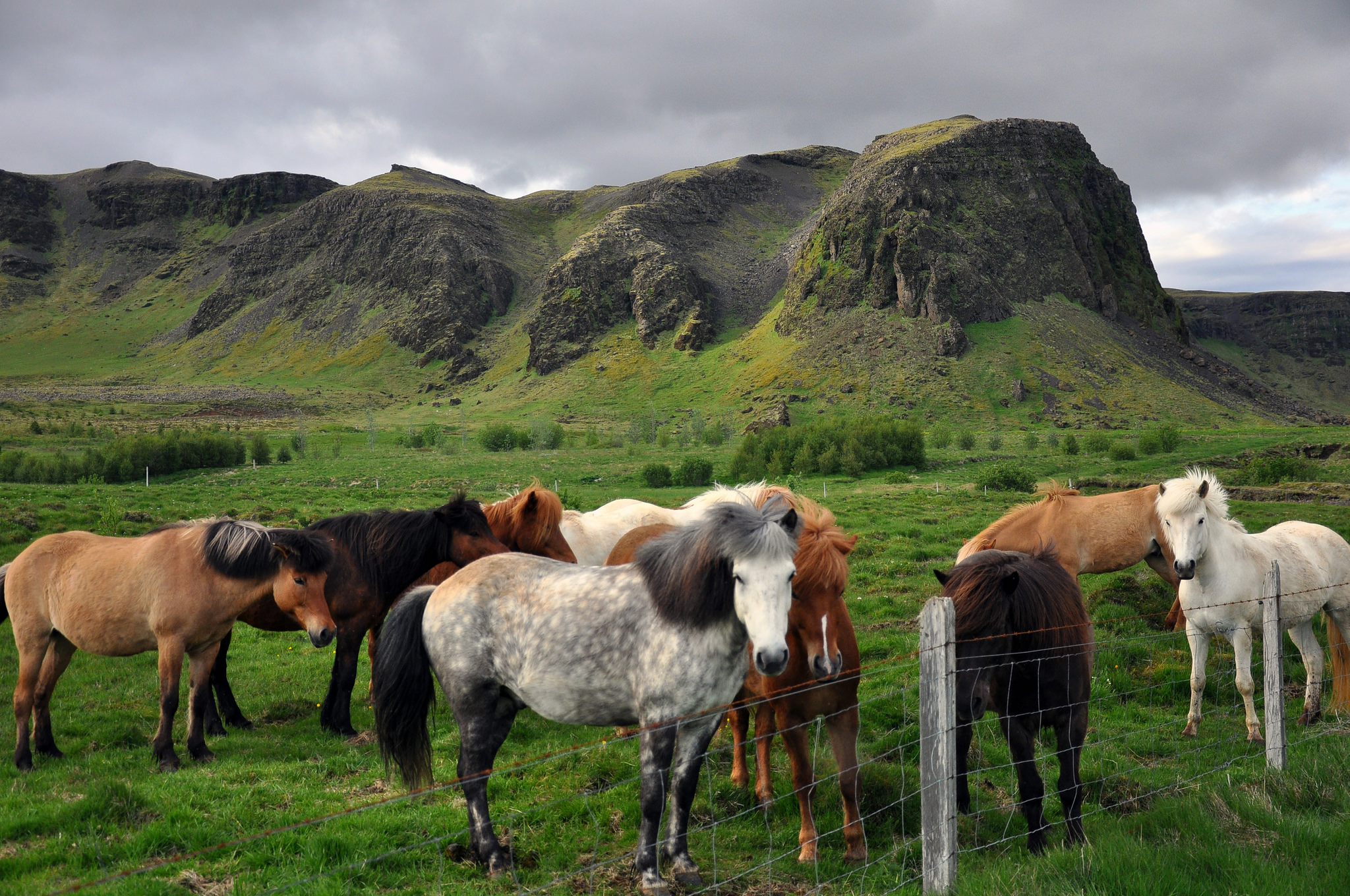
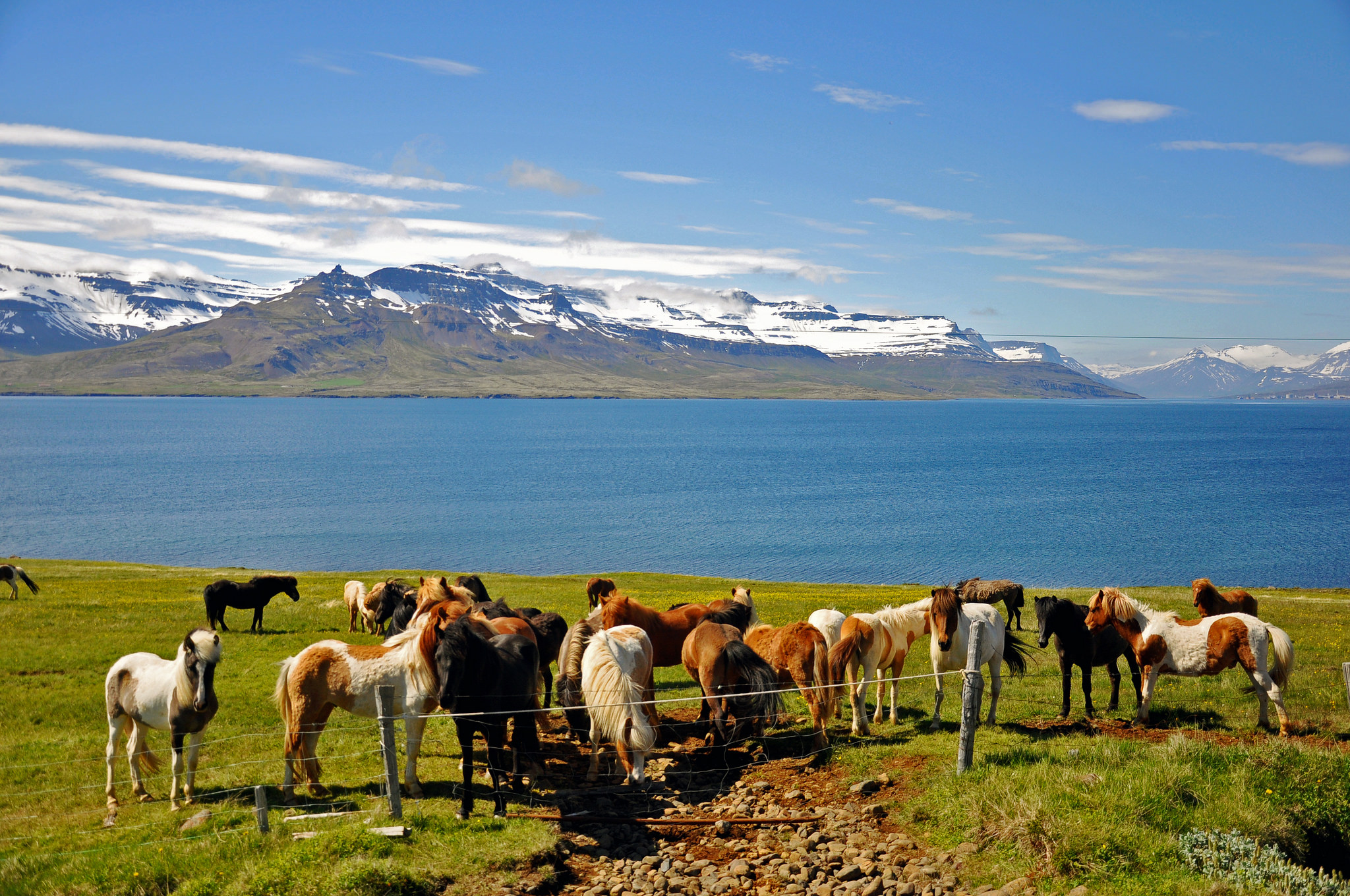
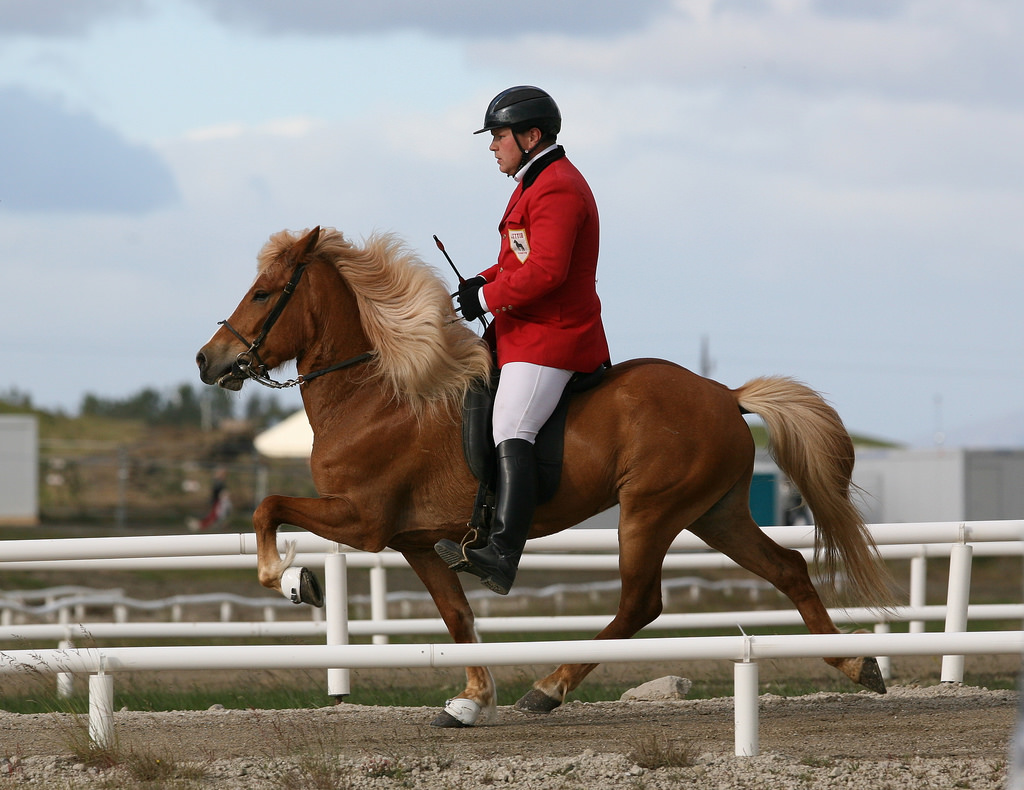
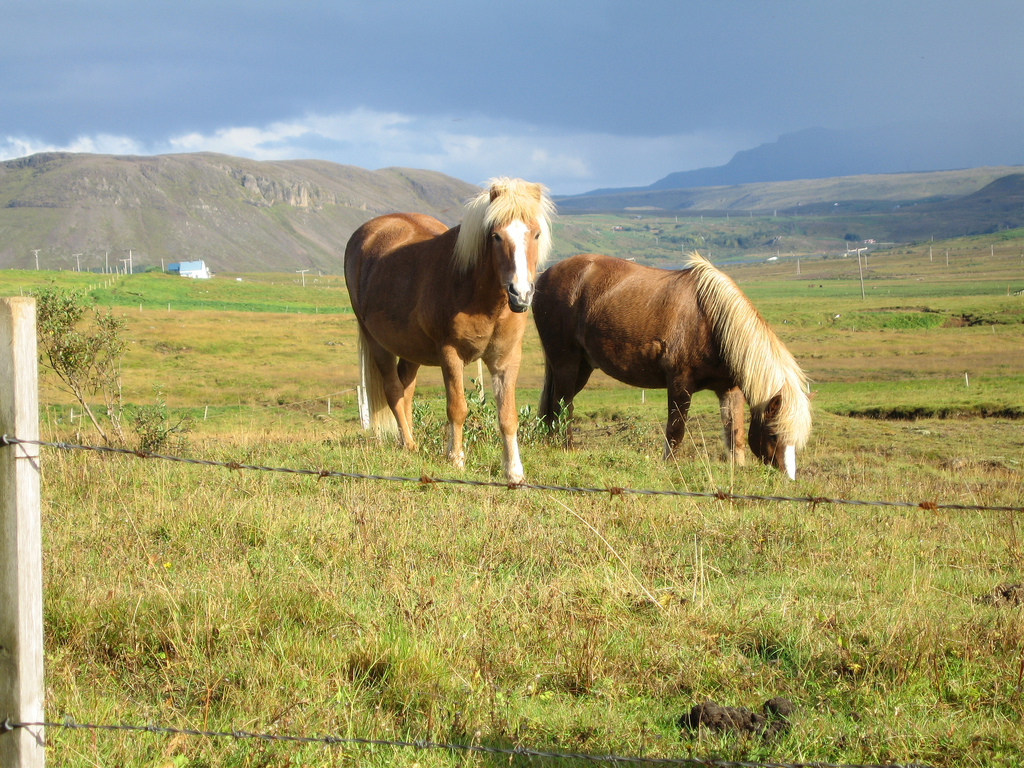
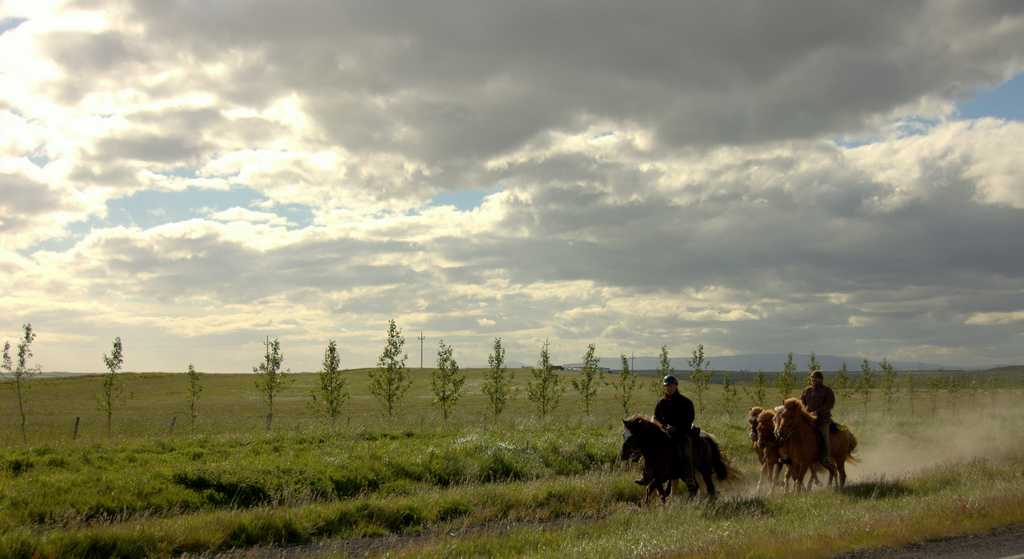

Comments:
Helen:
Hello Hulda,
I’m really looking forward to seeing them very soon. They’re beautiful. My camera is ready! 😉
Thank you.